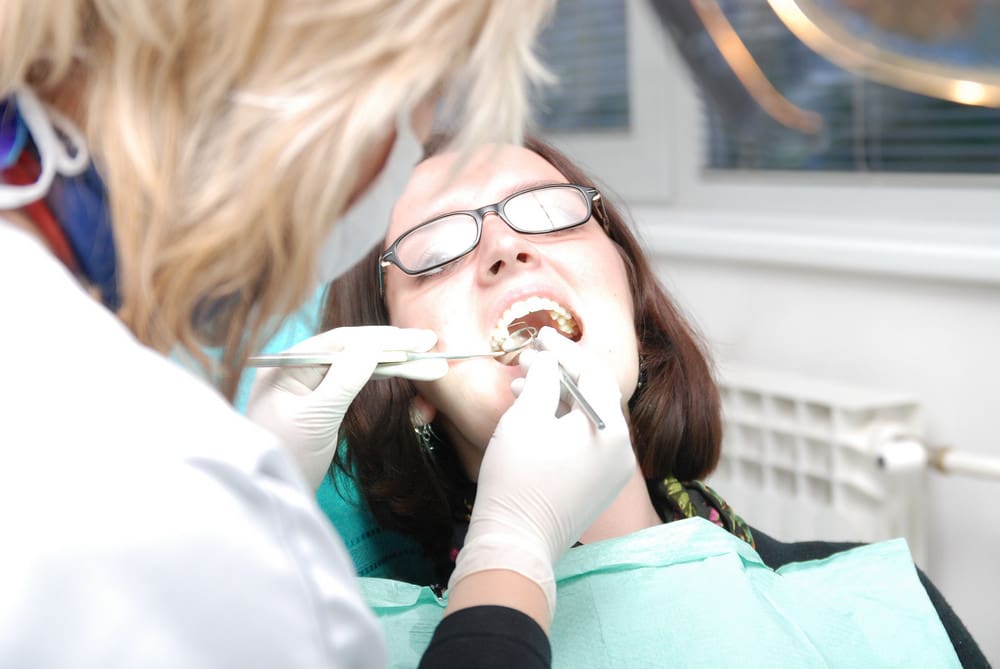Are There Differences Between Braces for Adults and Braces for Kids?
Posted on August 29, 2024
Braces are a common solution for correcting misaligned teeth and achieving a healthy smile. In fact, according to Humana, over 4 million individuals in the U.S. wear braces! While the basic function of braces remains the same regardless of age, there are some key differences between braces for adults and those for kids.
Timing of Treatment
One of the most significant differences lies in the timing of treatment. Kids usually begin orthodontic treatment in their pre-teen years when their teeth and jaws are still growing. This allows orthodontists to guide the growth of the jaw and teeth more effectively, often resulting in a shorter treatment period. On the other hand, adults may face longer treatment times since their jawbones are fully developed, making teeth more resistant to movement.
Types of Braces
Both adults and kids have several options when it comes to the types of braces. Traditional metal braces are commonly used for kids because they are durable and effective for even the most complex cases. Adults, however, may opt for more discreet options like ceramic braces, which blend with the natural color of teeth, or clear aligners like Invisalign, which are almost invisible. Adults are generally more concerned with the aesthetics of braces, leading them to choose less noticeable options.
Complexity of Cases
Adult orthodontic cases tend to be more complex than those in children. This is because adults may have developed other dental issues over time, such as gum disease or tooth loss, which can complicate orthodontic treatment. Additionally, the alignment issues may have been present for many years, making them more difficult to correct. In contrast, kids are typically treated before any serious complications arise, making their cases less complicated.
Compliance and Lifestyle Considerations
Compliance with treatment recommendations, such as wearing rubber bands or retainers, is crucial for both adults and kids. However, adults may find it easier to adhere to these guidelines due to their maturity and understanding of the importance of following the orthodontist’s advice. Kids, on the other hand, might require more reminders and encouragement to stay on track with their treatment.
While the primary goal of braces is the same, the approach to treatment can differ significantly when it comes to braces for adults and those for kids. Whether you’re an adult or a parent considering braces for your child, consulting with an orthodontist will help you determine the best course of action. Get in touch with our team at Dr. Bret Ortho to learn more today!



